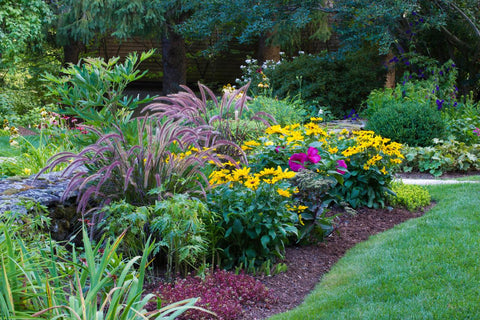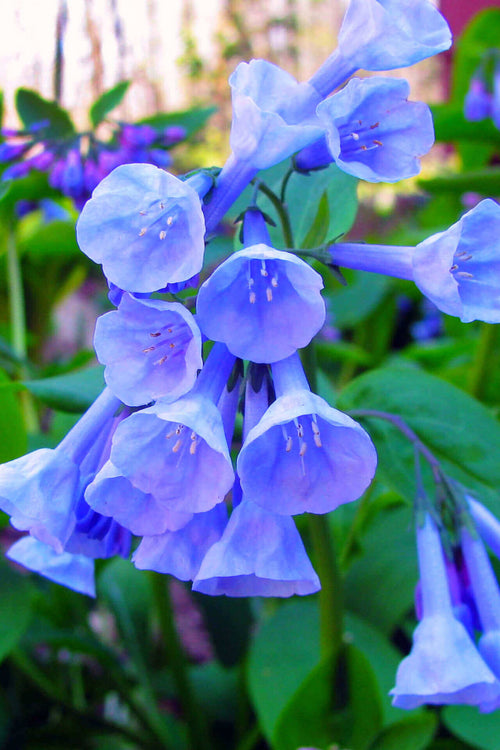The meaning of agriculture When you consider the root of the word agriculture, Agri meaning field, and culture meaning society, it is a broad concept.
Feeding the planet and doing it responsibly is essential, but the vista of a yellow field of sunflowers or your corner of tomato vines brings joy to the senses. A natural feeling of accomplishment comes from tending plants to flowers and fruit with your own hands. Paying attention to varieties, placement, and care will bring success.

Planting Trees Shade makes a big difference in the summer enjoyment of your yard. Poplars, aspens, and willows increase, up to 5 to 15 feet per year. From deep green to light yellow, there are many colors to make a big statement. When deciding where to plant, remember that what looks proportionally correct now will be very different with a few years of growth. The amount of light and activities that will go on around the tree should also be determined.
When planting, dig a hole, so the root ball sits slightly above the soil line and three to four times wider than the ball. Roots grow out as well as down, which lets the young tree stretch and anchor. Remove the container gently. If the roots appear bound, cut an "X" across the bottom. Place the root ball in the hole and bury it, forming a depression around the top edge to create a basin. That allows for less runoff of water. Cover the dirt with two or three inches of mulch, being careful to keep it away from the trunk. Water daily. Slow or drip watering may be needed during a dry season.
Be Safe When considering shrubs to plant, you will note mature size and color. An additional consideration is a toxicity. Foliage, bark, flowers, fruit, and even roots can be poisonous. Laurels, rhododendrons, and azaleas are lovely, but all parts of these plants are poisonous. Lantana and jasmine have toxic berries. With yews, ingesting the seeds and needles is dangerous. You may enjoy cherries, but the twigs and foliage have cyanide.
Shade Plantings Many plants need the sun or partial sun. Deciding what to do with that dark yard corner may seem overwhelming, but there are many shade-loving plants to choose from. Mayapples have broad leaves that will add interest to the front of a bank of hostas. Perhaps, you would like more color than the shades of green these plants offer. Virginia bluebells have arching branches with lavender, trumpet-shaped flowers. Trilliums are white but also come in pink and yellow. They are a classic woodland delight.
Over the Rainbow, Many gardens are designed with two or three colors for a coordinated, uniform look. The shape of the bloom also impacts the symmetry of the garden. Rainbow gardens let the individual species stand out. Picture yellow daylilies, red cardinal flowers, blue lobelia, pink phlox, and orange poppies nodding their heads to the compliments you receive. The colors pop, and each flower head is different. Rainbow gardens are joyful and exciting and don't take themselves too seriously.
Designing a beautiful yard takes into consideration light, color, and placement. With a bit of care and attention, you can paint a spectacular living portrait.



















































